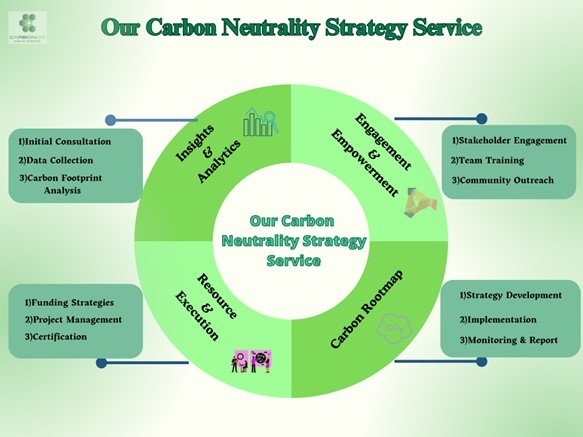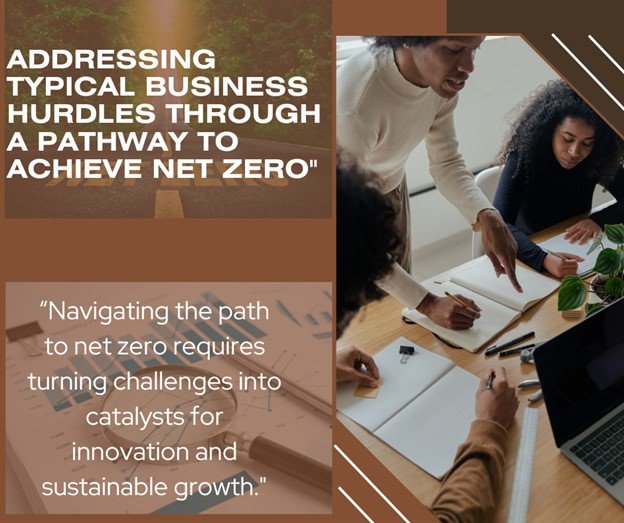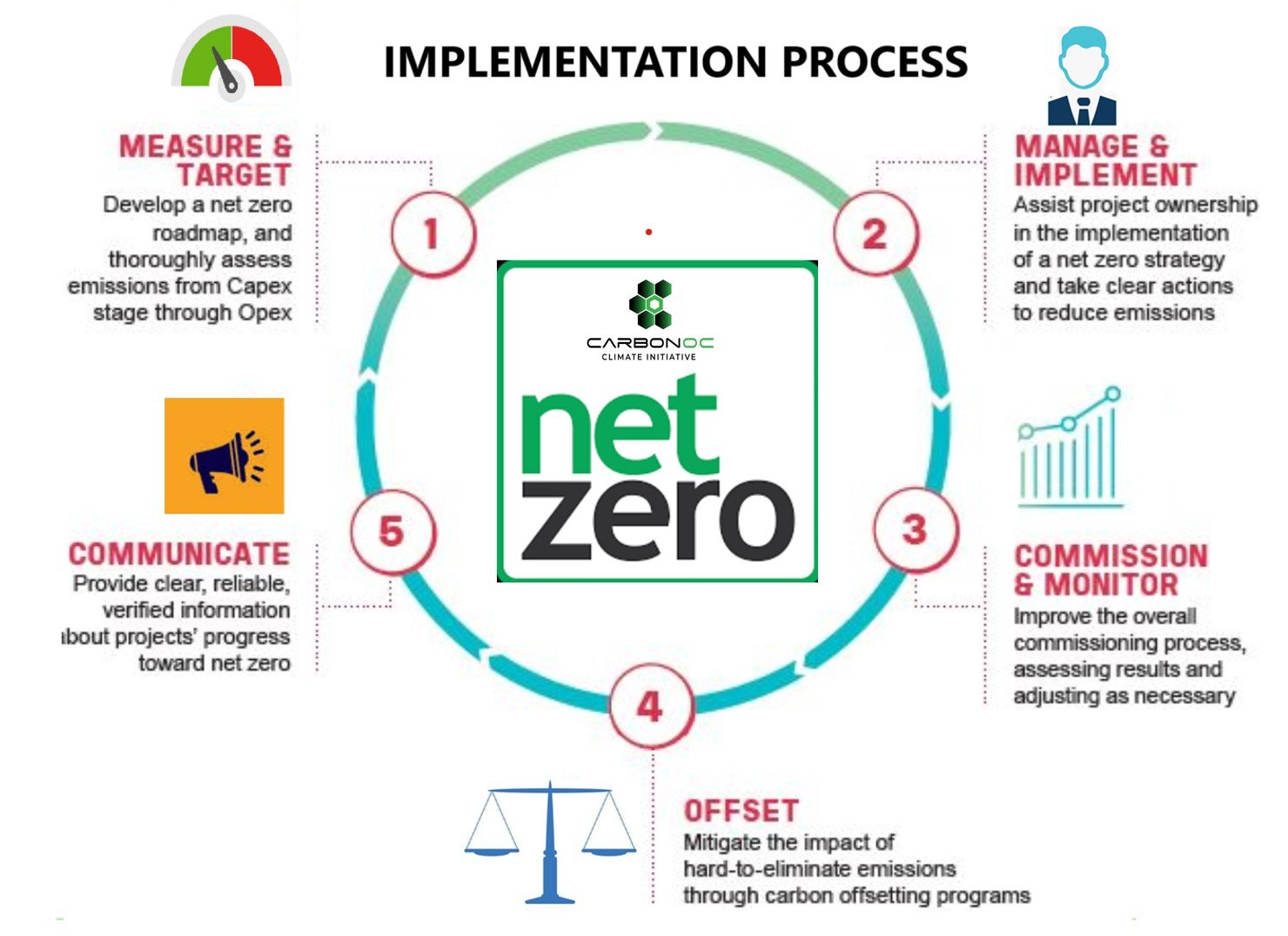NetZero – Corporate Sector
- Home
- NetZero – Corporate Sector
NetZero – Corporate Sector

We Carbonoc Climate Initiatives Fz can support for the NetZero Certification which is a valuable initiative for the corporate sector, By achieving NetZero Certification, companies can demonstrate their commitment to environmental sustainability and reduce their carbon footprint, which can lead to improved brand reputation, increased customer loyalty, and enhanced employee morale. Additionally, the certification can also help companies reduce energy costs, increase operational efficiency, and comply with regulatory requirements. Furthermore, the certification process can also identify areas for improvement, providing a framework for implementing sustainable practices and reducing waste.


Key benefits of NetZero Accreditations
Modern consumers are increasingly conscious of environmental issues. A net zero certification can significantly boost a company’s reputation among these consumers, enhancing brand loyalty and trust. Companies with net zero certifications stand out in the marketplace, often gaining a competitive edge over less sustainable competitors.
The pursuit of net zero often involves optimizing energy use, which can lead to significant cost savings on utilities. Efficient use of resources, waste reduction, and recycling initiatives can reduce operational costs.
Attracting Investment: Many investors now incorporate ESG criteria into their decision-making processes. A net zero certification can make a company more attractive to these investors.
Lower Cost of Capital: Sustainable companies may benefit from lower interest rates and better financing terms, as lenders and investors perceive them as lower risk.
Future-Proofing: As regulations around carbon emissions tighten, having a net zero certification can ensure a company is ahead of regulatory requirements, reducing the risk of future penalties and compliance costs.
Mitigating Risks: Reducing dependency on fossil fuels and minimizing emissions can protect a company from energy price volatility and supply chain disruptions.
Workplace Satisfaction: Employees, especially younger generations, prefer to work for companies that align with their values. Demonstrating a commitment to sustainability can improve employee morale and retention.
Talent Acquisition: A strong sustainability profile can attract top talent who are eager to work for socially responsible companies.
R&D and Innovation: The journey to net zero often drives innovation in processes, products, and services, fostering a culture of continuous improvement and adaptability.
New Market Opportunities: Developing sustainable products and services can open up new markets and customer segments.
Customer Loyalty: Businesses that prioritize sustainability often see increased customer loyalty and advocacy.
Supply Chain Collaboration: Working towards net zero can strengthen relationships with suppliers and partners who are also focused on sustainability, leading to more robust and resilient supply chains.
Stakeholder Engagement: A net zero certification can improve relationships with stakeholders, including governments, NGOs, and the community, leading to better collaboration and support.
Community Impact: Demonstrating environmental leadership can positively impact the community, enhancing corporate social responsibility initiatives.
Pursuing and achieving net zero certification can yield significant benefits across various aspects of a business. From enhancing reputation and operational efficiency to attracting investment and top talent, the advantages of being a net zero-certified company are substantial and multifaceted. In an increasingly eco-conscious world, such certifications are not just a moral imperative but a strategic business advantage.
Implementation process
Implementing net zero certification in a company involves a systematic and strategic approach. Here’s a step-by-step guide on how to achieve this:

Educate and Engage Leadership: Ensure that the company’s leadership understands the importance and implications of net zero certification. Their commitment is crucial for the initiative’s success.
Set Clear Goals: Define what net zero means for your company. Typically, it involves reducing greenhouse gas (GHG) emissions as much as possible and offsetting any remaining emissions.
GHG Inventory: Conduct a comprehensive assessment of the company’s current GHG emissions. This includes Scope 1 (direct emissions), Scope 2 (indirect emissions from purchased energy), and Scope 3 (other indirect emissions such as supply chain).
Data Collection: Gather accurate data on energy use, transportation, waste management, and other relevant areas
Set Targets: Establish short-term and long-term emission reduction targets aligned with science-based targets.
Identify Reduction Opportunities: Look for opportunities to reduce emissions across operations. This might include improving energy efficiency, transitioning to renewable energy, and optimizing supply chains.
Energy Efficiency: Upgrade facilities and operations to be more energy-efficient. This might involve investing in energy-efficient equipment, lighting, and HVAC systems.
Renewable Energy: Transition to renewable energy sources such as solar, wind, or geothermal for your operations.
Sustainable Practices: Implement sustainable practices across the company, including waste reduction, water conservation, and sustainable sourcing.
Carbon Offsets: Invest in verified carbon offset projects to neutralize any remaining emissions. These could include reforestation projects, renewable energy initiatives, or methane capture projects.
Certification Programs: Choose credible carbon offset programs that adhere to recognized standards
Employee Involvement: Educate and engage employees at all levels about the net zero goals and initiatives. Encourage sustainable practices within the workplace.
Supply Chain Collaboration: Work with suppliers and partners to reduce their emissions and integrate sustainability into procurement processes.
Continuous Monitoring: Regularly monitor progress towards net zero goals using key performance indicators (KPIs) and GHG tracking tools.
Transparent Reporting: Report your progress transparently to stakeholders. Consider publishing an annual sustainability report detailing your efforts, achievements, and areas for improvement.
Choose a Certification Body: Select a recognized certification body or standard that provides net zero certification.
Prepare Documentation: Gather all necessary documentation and evidence of your GHG inventory, reduction measures, and offset projects.
Third-Party Verification: Undergo a third-party audit and verification process to ensure compliance with the chosen certification standard.
Achieve Certification: Upon successful verification, achieve net zero certification and communicate this achievement to stakeholders.
Review and Revise: Regularly review your net zero strategy and make necessary adjustments to stay on track with evolving standards and new technologies.
Innovate and Lead: Continue to innovate in sustainability practices, setting new targets and exploring new opportunities for emission reductions.

